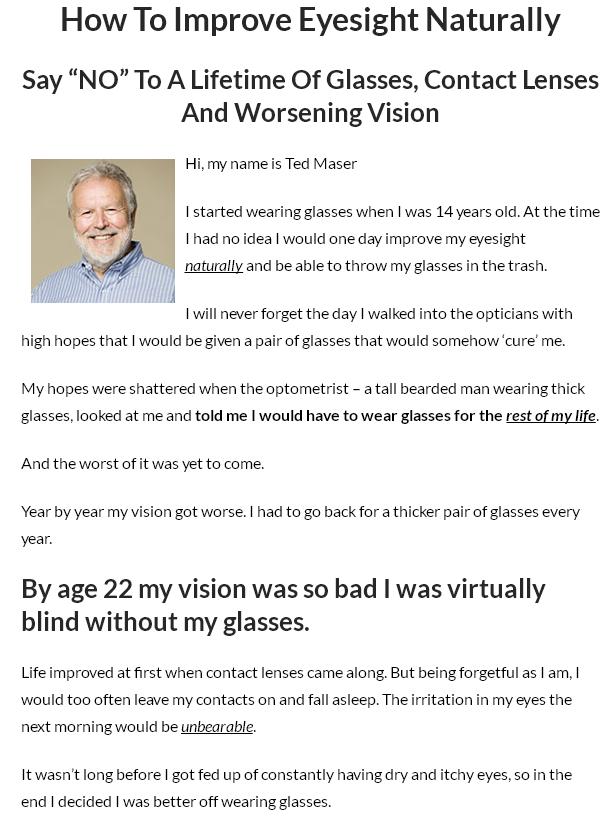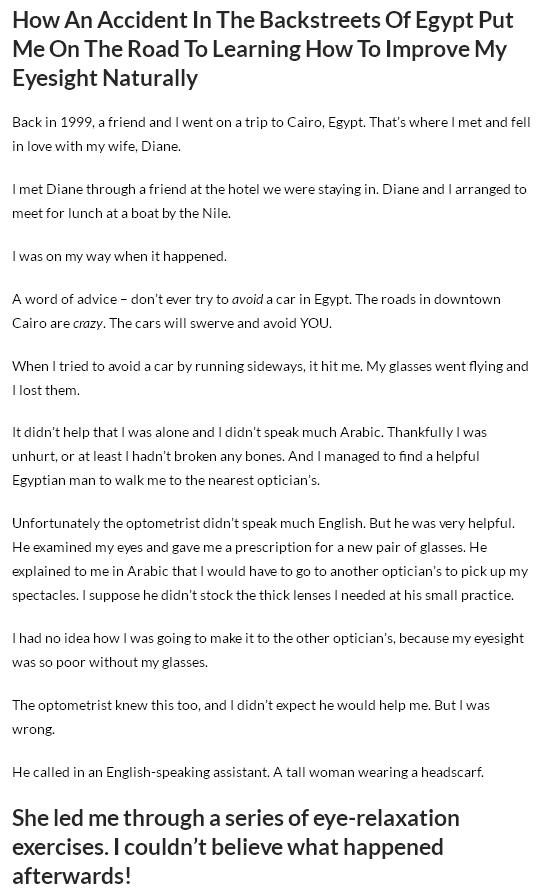 Farsightedness (hyperopia) is a common vision condition in which you can see distant objects clearly, but objects nearby may be blurry.
Farsightedness (hyperopia) is a common vision condition in which you can see distant objects clearly, but objects nearby may be blurry.
The degree of your farsightedness determines your focusing ability. People with severe farsightedness may see clearly only objects a great distance away, while those with mild farsightedness may be able to clearly see objects that are closer. Farsightedness usually is present at birth and tends to run in families.
Symptoms
Farsightedness may mean:
Nearby objects may appear blurry
You need to squint to see clearly
You have eyestrain, including burning eyes, and aching in or around the eyes
You experience general eye discomfort or a headache after a prolonged interval of doing close tasks, such as reading, writing, computer work or drawing
Causes
Your eye has two parts that focus images:
The cornea, the clear front surface of your eye
The lens, a clear structure inside your eye that changes shape to help focus objects
In a perfectly shaped eye, each of these focusing elements has a perfectly smooth curvature like the surface of a rubber ball. A cornea and lens with such curvature bend (refract) all incoming light in such a way as to make a sharply focused image directly on the retina, at the back of your eye.
A refractive error
However, if your cornea or lens isn’t evenly and smoothly curved, light rays aren’t bent (refracted) properly, and you have a refractive error. Farsightedness is one type of refractive error.
Farsightedness occurs when your cornea is curved too little or your eye is shorter than normal. Instead of being focused precisely on your retina, light is focused behind your retina, resulting in a blurry appearance for close-up objects.
Complication
Farsightedness can be associated with several problems, such as:
Crossed eyes. Some children with farsightedness may develop crossed eyes. Specially designed eyeglasses that correct for part or all of the farsightedness may effectively treat this problem.
Reduced quality of life. Uncorrected farsightedness can affect your quality of life. You might not be able to perform a task as well as you wish, and your limited vision may detract from your enjoyment of day-to-day activities. In children, untreated farsightedness may cause learning problems.
Eyestrain. Uncorrected farsightedness may cause you to squint or strain your eyes to maintain focus. This can lead to eyestrain and headaches.
Impaired safety. For your own safety and that of others, don’t drive or operate heavy equipment if you have an uncorrected vision problem.
Treatment
The goal of treating farsightedness is to help to focus light on the retina through the use of corrective lenses or refractive surgery.
Prevention
Although you can’t prevent farsightedness, you can help protect your eyes and your vision. Follow these steps:
Have your eyes checked. Regardless of how well you see, have your eyes checked regularly.
Control chronic health conditions. Certain conditions, such as diabetes and high blood pressure, can affect your vision if you don’t receive proper treatment.
Recognize symptom
Don’t smoke. Just as smoking isn’t good for the rest of your body, it can adversely affect your eye health as well.
Use the right glasses. The right glasses optimize your vision. Having regular exams will ensure that your eyeglass prescription is correct.
Use good lighting. Turning up the lights can improve contrast and help you see better.
Eat healthy foods.





